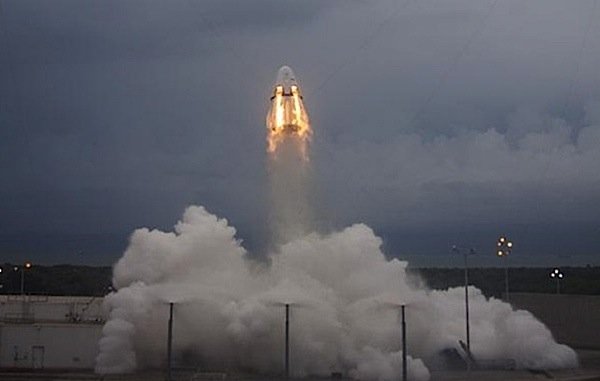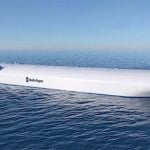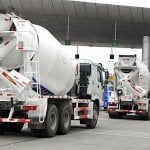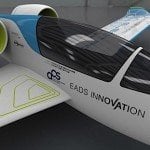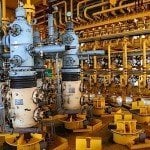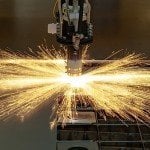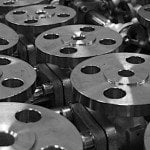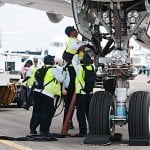SpaceX, founded by Elon Musk in 2002, conducted a successful crew escape system test, called a pad abort test, on its Crew Dragon spacecraft yesterday at Cape Canaveral in Florida. The pad abort test simulates how the crew would be carried to safety if an emergency occurred on the launch pad. The Crew Dragon capsule is designed to greatly improve the odds of survival in the event of a catastrophic failure, such as an explosion, at launch.
Its eight Super Drago engines are built directly into the walls of the craft and can provide enough thrust, in a short enough time, to propel the capsule away from its booster rocket if necessary. SpaceX says that the engines can provide 120,000 pounds of thrust in under one second, and can launch the Dragon over 300 feet in two seconds. A crew would experience a force of nearly 5Gs during launch. It has been compared to the ejection seat in a fighter jet, except that rather than ejecting the pilot from the craft, it ejects the craft from the launch vehicle.
In the test, the eight engines ignited simultaneously, reached maximum thrust almost instantly, burned for just six seconds, and lifted the Dragon capsule to a height of about 5,000 feet. The trunk section was jettisoned and the capsule rotated before dropping back with the aid of three parachutes for a gentle ocean splashdown.
A SpaceX spokesman and former astronaut, Garrett Reisman, said that the earlier NASA launch programs Apollo and Gemini had crew escape capability, but not the space shuttle. SpaceX is under contract with NASA to develop commercial spaceships that can carry astronauts to the International Space Station. The US is currently relying on Russia for crew transport services.
Another crew escape system test planned for later this year will have the capsule riding a Falcon 9 rocket to a height of 40,000 feet. The first manned missions are scheduled for 2017.

